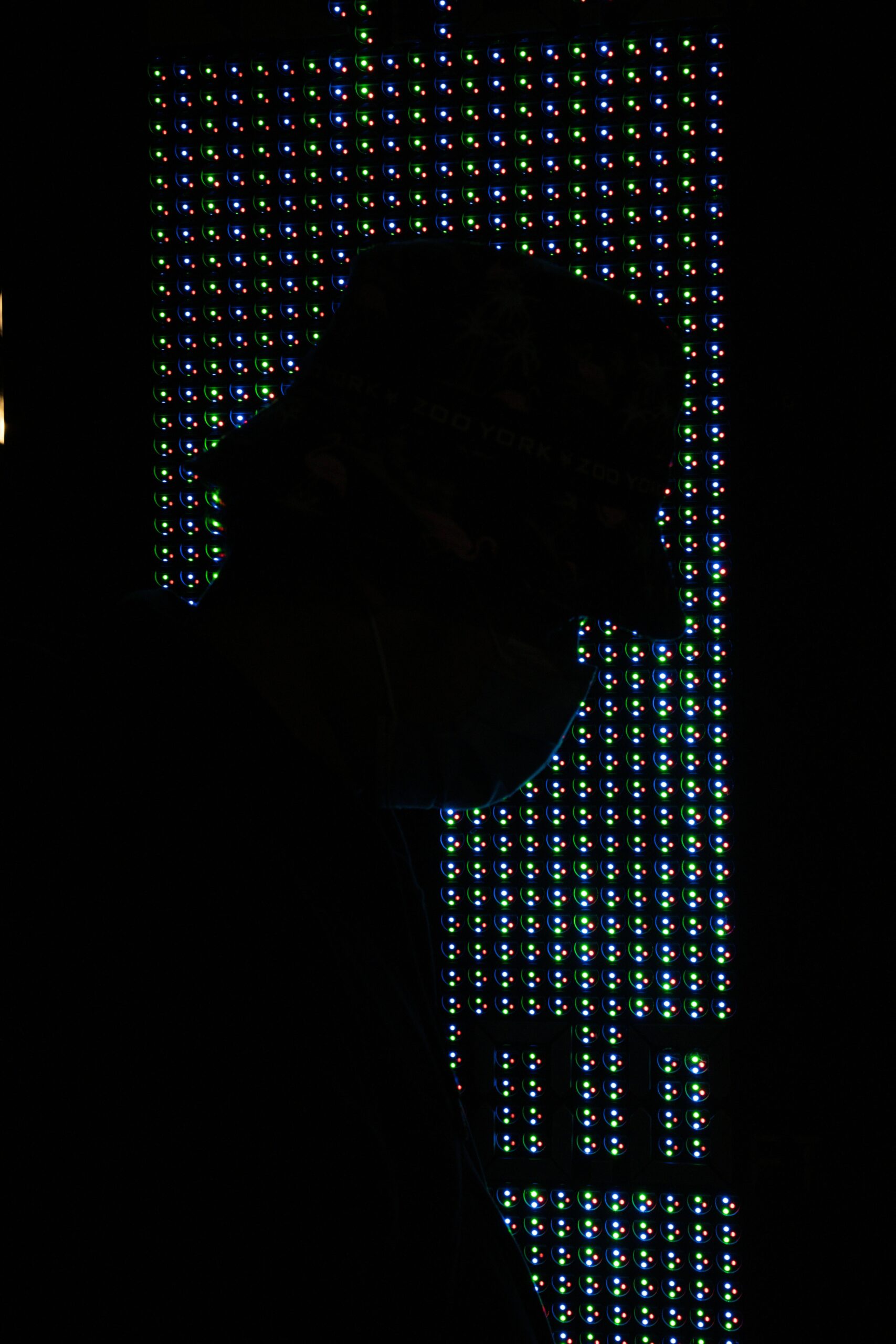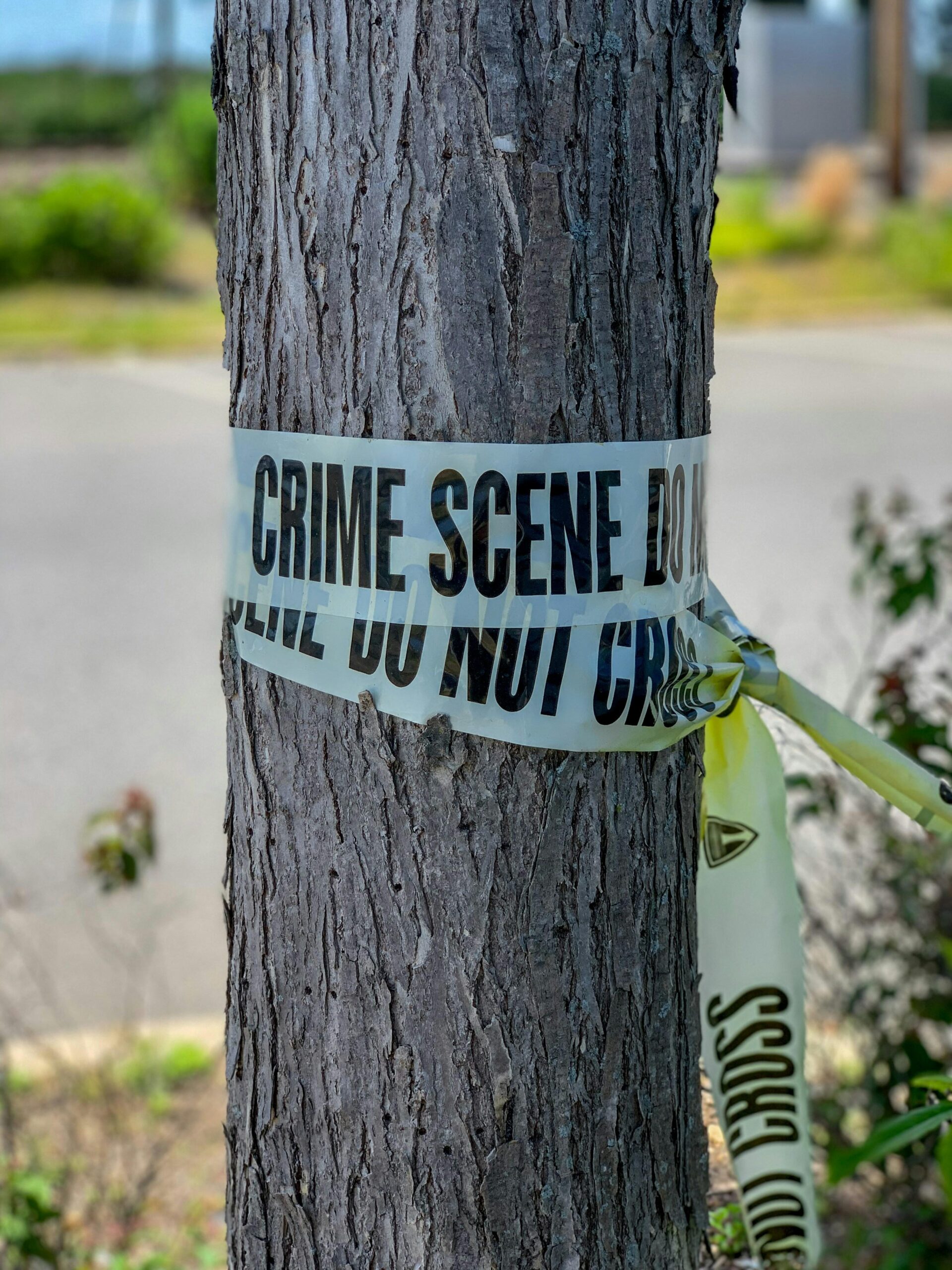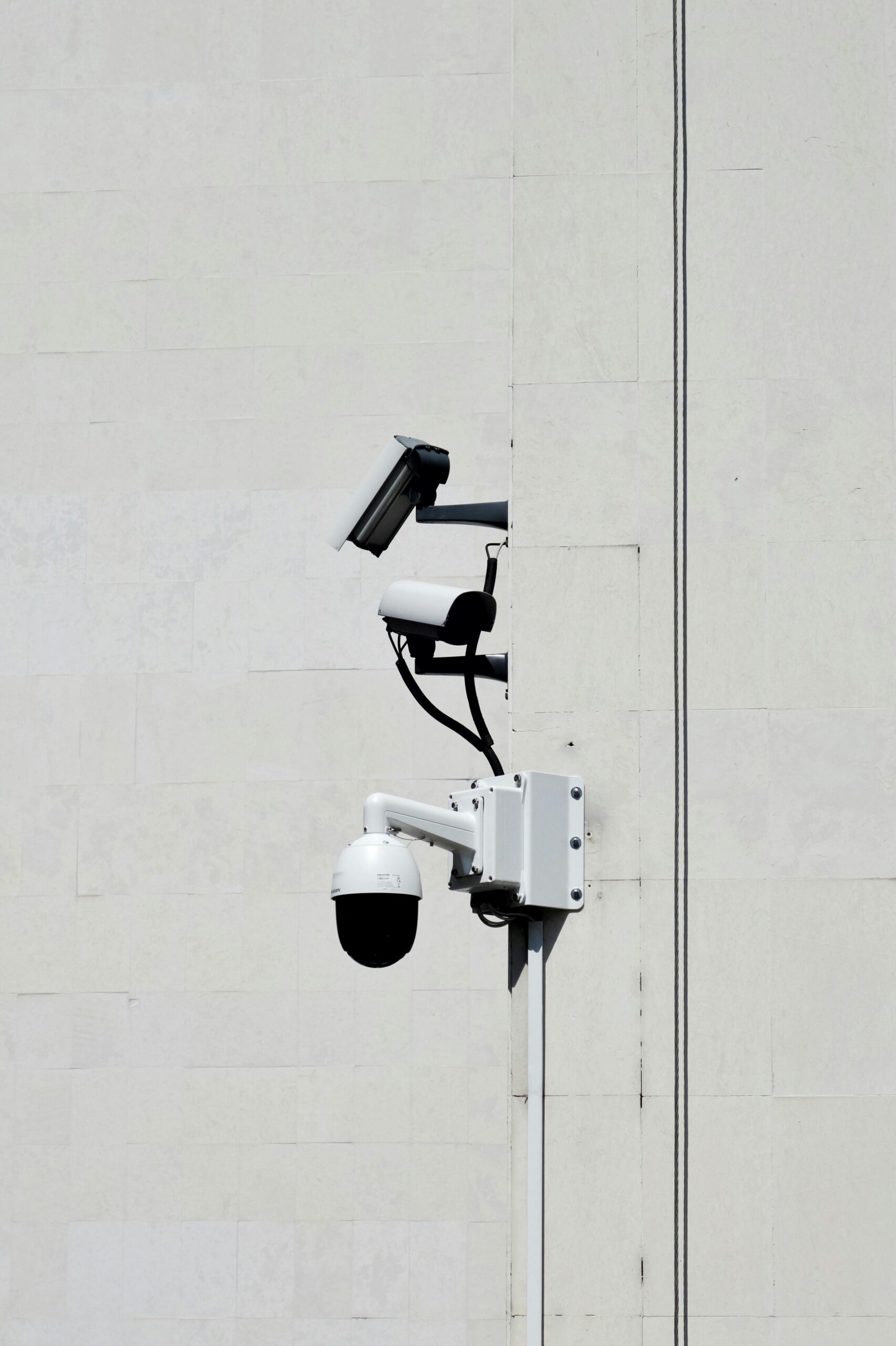The Black Dahlia Murder remains one of the most haunting and perplexing mysteries of the 20th century—a chilling tale that continues to captivate true crime enthusiasts and conspiracy theorists alike. Who was Elizabeth Short, the young woman whose life was brutally cut short, and what dark forces lay behind her grisly death? In this post, we’re diving deep into the shadows of Los Angeles in the 1940s to unravel the eerie story of the Black Dahlia murder. Join me as we explore the twists, theories, and unanswered questions surrounding this infamous cold case that still refuses to be forgotten.
Table of Contents
- The Enigmatic Life and Tragic Death of Elizabeth Short
- Clues and Theories That Keep the Black Dahlia Case Alive
- Behind the Scenes of the Investigation and Key Suspects
- How Modern Forensics Could Finally Crack the Cold Case
- To Conclude
The Enigmatic Life and Tragic Death of Elizabeth Short
Elizabeth Short, immortalized by the moniker “The Black Dahlia,” was a young woman whose life was shrouded in mystery long before her untimely demise. Born in 1924, her journey was marked by a series of moves across the United States, from Massachusetts to California, always seeking a fresh start but continually wrestling with hardship and personal demons. Her radiant charm and striking appearance made her a notable figure in the Hollywood social scene, yet beneath the surface, Elizabeth’s life was anything but glamorous. The fragments of her story are pieced together through sparse documents and haunting photographs that still fuel intrigue and speculation.
Her death, brutal and bewildering, sent shockwaves through 1940s Los Angeles and remains one of the most chilling unsolved cases in American history. The crime scene revealed disturbing evidence that suggested the killer’s intent was to send a message, but the identity and motives of the culprit remain elusive. Key elements that continue to captivate investigators and amateur sleuths alike include:
- The precision of the mutilation, indicating possible medical knowledge or a deep-seated rage.
- The lack of a clear motive, baffling law enforcement and spawning numerous theories.
- Cryptic letters sent to the press allegedly from the murder suspect, adding to the eerie mystique.
This enigmatic case symbolizes an era of both dark glamour and hidden violence, igniting endless conversations about the shadows lurking beneath the city’s shining facade.
Clues and Theories That Keep the Black Dahlia Case Alive
The Black Dahlia case remains a fertile ground for speculation, largely because of the tantalizing fragments of evidence that hint at a larger, hidden story. Among the most perplexing clues is the mutilated nature of Elizabeth Short’s body — a brutal signature that suggested the killer possessed a disturbing level of precision and cruelty. Over the decades, amateur sleuths and seasoned investigators alike have pored over the cryptic messages reportedly received by the press, the ambiguous eyewitness accounts, and the mysterious phone calls placed to police shortly after the murder. These seemingly scattered pieces weave a narrative bolstered by whispers of organized crime connections, corrupt law enforcement, and even Hollywood glamour masked by deadly secrets.
Alongside documented evidence, the endless theories circulating inside true crime circles keep the case alive, fueled by a thirst for uncovering the truth that still eludes official closure. Some hunters of truth delve into suspect profiles ranging from doctors to drifters, hypothesizing psychological motives linked to jealousy or revenge, while others speculate about a broader conspiracy aimed at burying the facts forever.
- Alleged confessions that surface periodically, often dismissed but never fully disproved, add to the mystique.
- Documentary revelations and newly unearthed letters keep public interest aflame, encouraging fresh eyes to reexamine old leads.
- Pop culture references and books perpetuate the myth, making the Black Dahlia not just a mystery—but an enduring legend.
It’s this intricate dance between fact and fiction, truth and paranoia, that ensures the story refuses to fade away, even after all these years.
Behind the Scenes of the Investigation and Key Suspects
When the Black Dahlia case exploded onto the headlines in 1947, the LAPD launched one of its most intense and sprawling investigations, sinking thousands of man-hours into uncovering the truth. Detectives combed through an entangled web of jealousies, secrets, and half-truths, often chasing elusive leads that led to dead ends. The crime scene itself—gruesomely staged and mutilated—offered few clues, but the sheer brutality compelled authorities to dig deep into the underbelly of post-war Los Angeles. Witness statements were pieced together with forensic observations, creating a chilling mosaic of dark motives and mysterious encounters that has since captured the public imagination.
Among the variegated cast of persons of interest, a few key suspects stand out due to their proximity to victim Elizabeth Short or their questionable behavior. George Hodel, a wealthy physician whose lifestyle was shadowed by scandal, remains a prominent figure in many theories. Similarly, Mark Hansen, a nightclub owner who allegedly knew Short, added layers of intrigue to the investigation. Other names floated through the press include transient figures and local criminals, each with motives ranging from jealousy to opportunism. Below are some of the pivotal suspects whose stories intertwine with the mystery:
- George Hodel: Dubbed “the shadow man,” linked by some to forensic evidence.
- Mark Hansen: Known acquaintance of Short, with rumors of a volatile relationship.
- Dr. Walter Bayley: A surgeon rumored to have known secrets about the crime.
- Multiple transients: Persons of interest driven by suspicion but lacking concrete evidence.
Each suspect’s narrative is a thread in the complex tapestry of this dark case, contributing to decades of speculation and relentless pursuit of answers.
How Modern Forensics Could Finally Crack the Cold Case
The advancements in forensic science have opened unprecedented doors for solving crimes that once seemed permanently sealed vaults of mystery. In the case of the Black Dahlia, modern technology such as DNA phenotyping and advanced digital forensics could reconstruct the victim’s last moments and potentially identify individuals who were previously beyond reach. Techniques like next-generation sequencing now allow forensic experts to analyze incredibly degraded samples that, decades ago, would have yielded no usable information. This leap means that traces once overlooked in evidence boxes might hold the key to unraveling long-held secrets.
Beyond the biological, the integration of artificial intelligence in pattern recognition is transforming how investigators sift through mountains of historical data. By cross-referencing old police reports, witness testimonies, and newly discovered digital footprints, AI-driven algorithms can connect dots that eluded human eyes. Not to mention, cold cases like this benefit greatly from crowdsourced input and public databases, magnifying the pool of resources dramatically. Within this synergy of technology and human insight lies a renewed hope that the Black Dahlia enigma is not beyond the grasp of justice any longer.
- DNA Phenotyping: Predicts physical appearance from genetic material.
- Next-Generation Sequencing: Extracts usable profiles from degraded samples.
- AI Pattern Recognition: Discerns connections in vast datasets.
- Crowdsourced Investigations: Harnesses collective knowledge and databases.
To Conclude
As we peel back the layers of the Black Dahlia murder, the case remains as haunting and elusive as ever—an intricate puzzle that continues to captivate true crime enthusiasts and armchair detectives alike. While many theories have been proposed and suspects scrutinized, the darkness surrounding Elizabeth Short’s untimely fate refuses to fully yield its secrets. Perhaps it’s this very mystery that keeps the story alive in our collective imagination, a chilling reminder of how some truths linger just beyond our grasp. Until new evidence surfaces, the Black Dahlia murder will remain a shadowy enigma, inviting us to keep questioning, exploring, and searching for answers in the heart of darkness.












